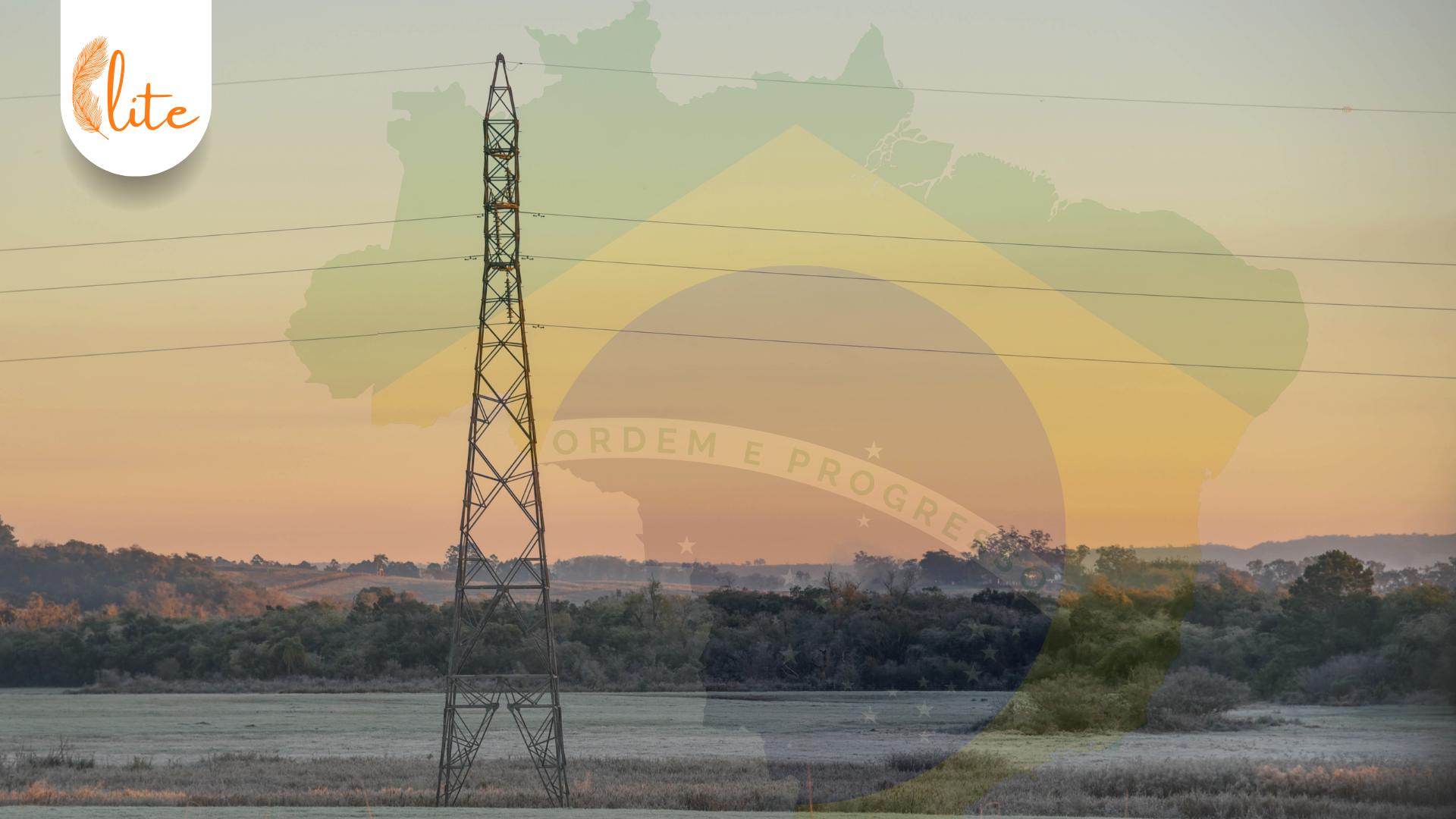Brazil, a country that stretches across 8.5 million square kilometers, faces a unique challenge in its energy sector: energy transmission. With abundant renewable resources like hydropower in the Amazon and wind power in the Northeast, getting this clean energy to population centers in the Southeast requires a robust and efficient transmission system. Brazil has embraced this challenge head-on, utilizing technology, innovation, and strategic planning to get past the size barriers that come with energy transmission.
Brazil has already emerged as the global leader in overcoming the geographical barrier to energy transmission. This blog explores the strategies employed by Brazil’s energy sector to ensure a nationwide, interconnected grid, effectively bridging the distance between energy sources and consumers.
High Voltage Transmission Lines:
Brazil’s vast network of high-voltage transmission lines is the mainstay of its long-distance energy transmission system. The lines operate at a high voltage(UHV), typically exceeding 500 kV, and minimize energy loss during the transmission over vast distances. These lines, capable of carrying large amounts of electricity over long distances with minimal losses, form the backbone of Brazil’s power grid. By efficiently transmitting electricity from remote generation facilities to population centers, high-voltage lines help bridge the geographical divide that characterizes Brazil’s energy landscape.
Between the Paraguay and Brazil border, on the Alto (Upper) Paraná River, is the Itaipú Dam, a hollow gravity dam. It’s in Paraguay, to the north of the town of Ciudad del Este.
Itaipú Dam is one of the biggest hydroelectric projects in the world in terms of power output. Its twenty enormous turbine generators can produce 14,000 megawatts of electricity, and they are housed in the powerhouse at the foot of the dam.
The Role of Hydro-Electric Power in Energy Transmission:
In Brazil, hydroelectric power is the main source of electricity generation and plays a major role in the country’s power sector. Brazil is heavily dependent on hydroelectricity, a renewable energy source that uses the enormous power of its rivers to generate electricity. This is highlighted by the term “hydroelectric.” To connect hydroelectric plants to consumers, large transmission networks must be built due to their dispersed locations, which presents a problem for energy transmission.
Harnessing Wind and Solar Energy:
Brazil has also made great progress in harnessing wind and solar energy, tapping into its vast potential for renewable energy generation. The term “renewable energy” symbolizes Brazil’s dedication to environmental preservation and lowering its carbon footprint. The northeast’s sun-drenched regions are ideal for solar installations because photovoltaic panels there use sunlight to generate electricity.
Brazil has also invested in Ultra High Voltage Technology. This not only helps in the reduction of energy loss during transmission but also allows for the integration of large-scale renewable energy sources located far from consumption centers. Advanced technologies such as Flexible Alternating Current Transmission Systems, These technologies allow for greater control over power flow and minimize losses during transmission, enabling electricity to travel longer distances with higher reliability. By deploying these cutting-edge solutions, Brazil has been able to overcome the size barriers inherent in its vast geographical terrain.

A snapshot of the National Integrated Power System in Brazil by climate scorecard.
Role of National Interconnected System (SIN) in Energy Transmission:
Brazil’s National Grid plays an important role in bridging the distance between energy sources and consumers. The SIN combines electricity production from different regions of the nation to provide a steady and equitable supply. Through the efficient distribution of energy made possible by this interconnected system, areas with excess generation can send power to areas with higher demand.
The phrase grid modernization sums up Brazil’s continuous attempts to modernize its electricity grid infrastructure to satisfy 21st-century needs. This interconnected system allows for the efficient distribution of energy, enabling regions with surplus generation to transmit power to areas with higher demand.
However, in addition to advanced technologies, strategic planning, and collaboration are essential in overcoming size barriers in energy transmission. The government of Brazil collaborates closely with industry players and regulatory bodies to create long-term investment plans and energy policies. The term collaboration emphasizes how crucial alliances are to tackling the intricate problems associated with energy transmission.
Role of Distributed Generation:
Distributed generation is important in remote areas. It refers to smaller-scale power generation facilities located closer to consumption points. This can include solar panels on rooftops, small hydropower plants, or wind turbines in localized wind farms. Distributed generation helps reduce reliance on long-distance transmission and minimizes energy losses associated with long-distance travel.

An image provided by the Brazilian Electricity Regulatory Agency in March 2023 depicting Brazil’s solar distributed generation capacity.
Brazil is also actively exploring innovative solutions to optimize its energy transmission network further. Smart grid technologies like automated demand-response programs and real-time monitoring systems are being implemented to increase grid stability and efficiency. By reducing transmission losses and guaranteeing a more dependable long-distance transmission system, these technologies enable improved management of energy flows.
Environmental Considerations:
The construction of high-voltage transmission lines can impact sensitive ecosystems and existing communities. Environmental regulations have been implemented to minimize the footprint of transmission lines and ensure sustainability. This entails working with nearby communities, implementing cutting-edge construction methods, and carrying out in-depth environmental impact assessments.
Role of Energy Storage:
Furthermore, Brazil is also exploring initiatives such as energy storage to enhance grid flexibility and reliability. Battery storage systems can store excess energy during low periods of demand and subsequently discharge it when the demand is high, helping to balance the supply and demand of the grid. Brazil intends to increase the efficiency with which it uses its renewable energy resources by incorporating energy storage technologies into its transmission network.
Based on a report by Reuters, Brazil plans to include batteries and energy storage solutions in 2024.
Conclusion: The Road Ahead
Brazil’s success in overcoming the challenges of energy transmission provides valuable lessons for other large countries with geographically dispersed energy resources means of technological innovation, strategic planning, and cooperation, Brazil has established a resilient transmission network that can effectively provide electricity to its heterogeneous populace. The nation is well-positioned to take the lead in the transition to a more sustainable energy future as it continues to embrace grid modernization and renewable energy.
As the country continues to invest in its energy infrastructure, it sets a strong example for other nations striving to create a more sustainable and interconnected energy future.







